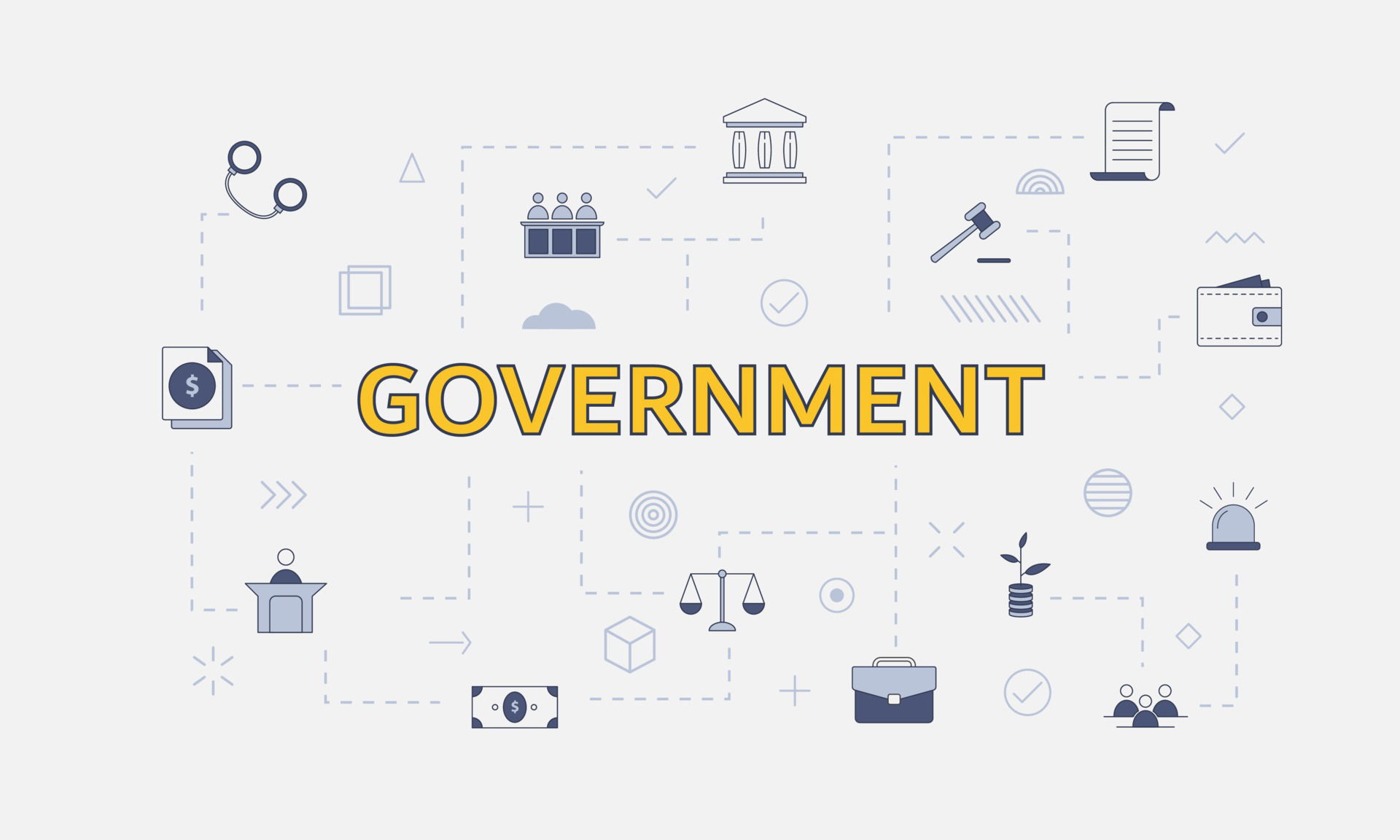The Benefits of Top-Down Interventionist Strategies for Running Government and Organizations

By Michael Jumba
What is a Top-Down Interventionist Strategy?
A top-down interventionist strategy is a management approach that involves the leadership team taking direct control of certain projects and activities to ensure they are completed in a timely and efficient manner. This approach is often used when the organization needs to make changes quickly or when there is an urgent need for change. It involves the leadership team communicating their plans, goals, and objectives to their team members, who then work together to achieve them. The goal of this strategy is to ensure that all tasks are completed in an organized and effective manner so that the organization can reach its desired outcomes.
How Top-Down Intervention Can Help Your Organization Achieve Its Goals
Top-down intervention is a powerful tool for organizations to achieve their goals. It involves the implementation of organizational strategies from the top down, with strategic planning and decision making occurring at the highest levels of management. This approach can help organizations to remain focused on their goals, while ensuring that all departments and employees are working together towards a common goal. By utilizing top-down intervention strategies, businesses can ensure that they are effectively working towards their desired outcomes and achieving success.
The Pros and Cons of a Top-Down Interventionist Approach
Top-down interventionism is a policy approach that involves the government taking a direct role in the economic decision making of businesses, industries, or markets. It can be used to address social and economic issues such as poverty and inequality. While this approach has its advantages, it also carries certain risks and disadvantages. In this article we will explore the pros and cons of top-down interventionism so that you can make an informed decision about whether it is right for you. We will discuss its potential benefits, such as improved economic efficiency, increased innovation, and greater equity; as well as its potential drawbacks such as reduced autonomy for businesses and markets, increased bureaucracy, and decreased competition.
How to Implement a Successful Top Down Intervention Strategy in Your Organization
Implementing an effective top-down intervention strategy in your organization is essential for successful organizational change management. This type of intervention strategy focuses on the development of leadership skills and the implementation of interventions from the top down. It is important to understand the different components that go into a successful top-down intervention strategy, including how to assess and evaluate current organizational practices, identify key stakeholders, develop a plan for implementing interventions, and monitor progress. By understanding these components, organizations can ensure that their interventions are successful in promoting positive changes within their organization.
The Benefits of Using a Top Down Intervention Strategy for Your Business or Organization
A top-down intervention strategy is a powerful tool for businesses and organizations that want to improve their operations. It can help them to identify gaps between current performance and desired performance, as well as provide an opportunity for leadership to make decisions and take action. This type of intervention strategy can also help organizations become more efficient, promote team collaboration, and increase productivity. By using a top-down intervention strategy, businesses and organizations can ensure that they are making the most of their resources in order to achieve their desired goals.


